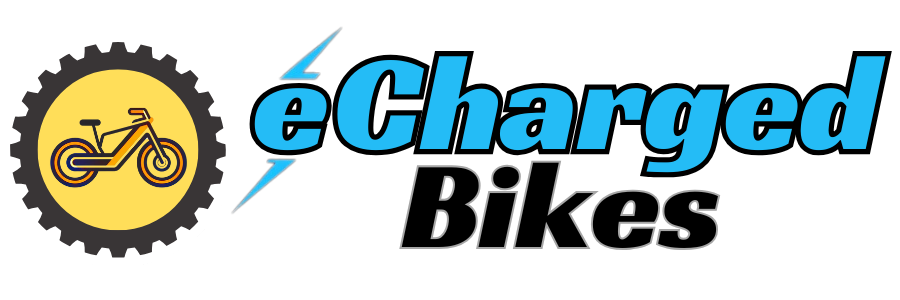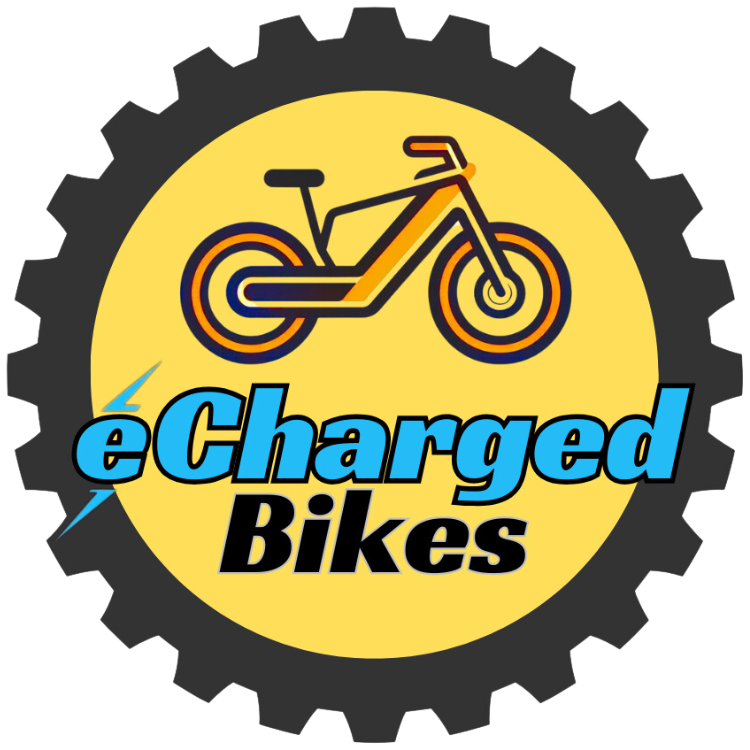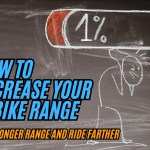How Motor Power Affects Your E-Bike Performance
When shopping for an electric bike, you’ll often see terms like rated motor power and peak motor power in the specifications. But what do they actually mean, and how do they impact your ride? Understanding these power ratings is vital to choosing the right e-bike for your needs—whether you’re looking for steady performance on long range rides or extra power for steep hills.
While rated motor power represents the continuous power an e-bike motor can sustain, peak motor power refers to the short bursts of higher output the motor can achieve under load. These differences directly affect battery efficiency, speed, acceleration, and legal classifications. If you’ve ever wondered why a 750W e-bike sometimes feels much stronger than a 1000W one, the answer lies in these power ratings.
In this guide, we’ll break down the key differences, how they impact performance, and what to consider when choosing an electric bike motor for your riding style.
Jump to Section:

What Is Peak Motor Power?
Peak motor power is the maximum power output an e-bike motor can achieve for short bursts. Peak power helps when accelerating or climbing hills. This figure is usually higher than the rated power because motors can temporarily draw extra energy from the battery.
Why Peak Power Matters:
- ✅ Provides extra torque and acceleration for steep inclines.
- ✅ Enhances initial acceleration from a dead stop.
- ✅ Shows the maximum performance a motor can deliver.
For example, a motor with a 750W rated power might have a peak power of 1000W to 1500W, delivering extra punch when needed but not sustaining that level continuously.

Rated Power vs. Peak Power: Key Differences
| Rated Motor Power | Peak Motor Power | |
|---|---|---|
| Definition | Continuous power output the motor can sustain | Maximum power the motor can deliver in short bursts |
| Impact on Performance | Stable, consistent power | Temporary boost for acceleration and hills |
| Battery Consumption | More energy-efficient | Drains battery faster when used frequently |
| Legal Restrictions | Used for e-bike classification | Not always regulated |
Why Motor Power Ratings Matter for E-Bike Buyers
- Choosing the right motor power isn’t just about big numbers—it’s about matching your riding needs with the right balance of efficiency and performance.
- ✅ Commuters benefit from 500W–750W rated motors, ensuring steady speeds without excessive battery drain.
- ✅ Off-road riders and those who ride on hilly terrain may prefer motors with high peak power (e.g., 1000W+).
- ✅ Cargo and fat-tire e-bikes need higher torque and peak power to handle extra weight.
- Understanding how rated and peak power affect real-world performance can help you make a more informed purchase.



How to Choose the Right Motor Power for Your Needs
- Before buying an e-bike, consider:
- ✅ Local E-Bike Laws – Many regions have legal limits on rated motor power (e.g., 250W in Europe, 750W in the U.S.).
- ✅ Riding Terrain – Flat roads? A 500W motor may be sufficient. Lots of hills? You’ll need higher peak power for climbs.
- ✅ Battery Efficiency – High peak power draws more energy when used, reducing range.
- ✅ Weight and Cargo – Carrying extra weight? Look for motors with higher torque output.
Final Thoughts: Choosing the Right E-Bike Motor Power for Your Ride
Understanding the difference between rated motor power and peak motor power is key to selecting an electric bike that fits your needs. While rated power determines an e-bike’s sustained performance and efficiency, peak power provides those extra bursts of speed and torque for hills and acceleration. The right balance depends on your riding style, whether you’re commuting, tackling steep terrain, or hauling cargo.
Before purchasing, consider local e-bike laws, battery efficiency, and motor wattage to ensure you get the best performance without compromising range. Now that you know how motor power affects real-world riding, check out our top electric bike recommendations to find the perfect match for your needs.

Frequently Asked Questions (FAQs) Rated Motor Power vs. Peak Motor Power
What is the best motor power for an electric bike?
The best motor power depends on your needs. A 250W–500W motor is ideal for city commuting, while 750W–1000W+ motors are better for hills and off-road riding.
Why does peak motor power matter for hill climbing?
Peak motor power provides extra torque and short bursts of energy, helping riders climb steep inclines more easily.
Does higher peak power drain the battery faster?
Yes, motors using peak power consume more energy, reducing overall battery life and ride range.
Are there legal restrictions on peak motor power?
Most e-bike laws regulate rated motor power, but peak power isn’t always restricted, leading to varying performance across models.Newer regulations are starting to address peak power.
How do I know if an e-bike has a good motor?
Look at both rated power and peak power, along with torque (Nm), battery efficiency, and controller wattage for a full performance picture.








